As in past years, Lydia’s Flexitarian Kitchen is participating in the annual Lenten Carbon Fast. This year’s theme is food waste. Find the other posts here: 2015 2014 2013
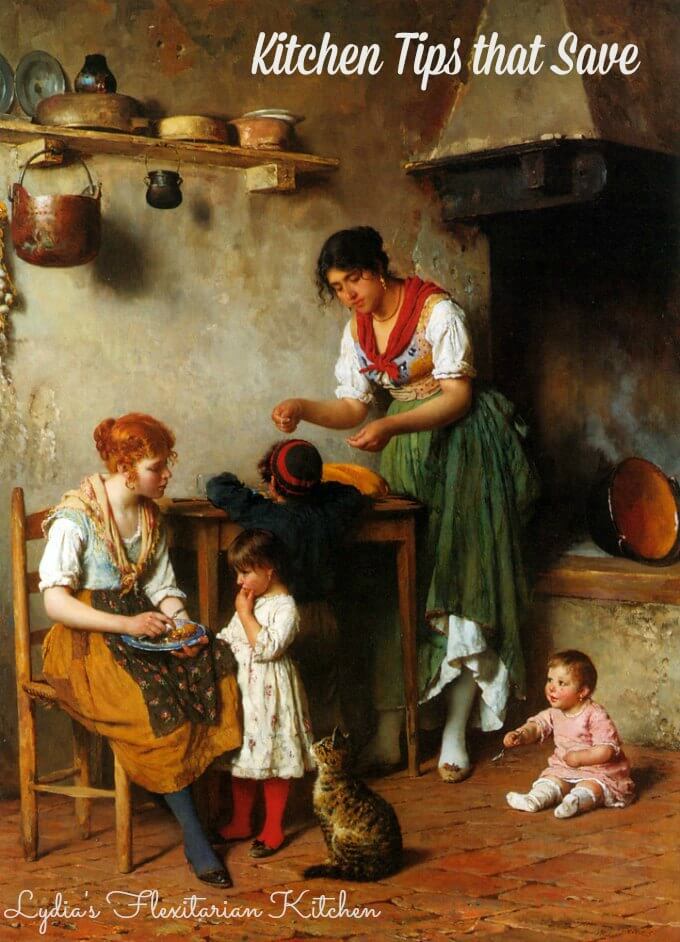
Blaas, Eugen von. A helping hand. 1884 Oil on panel. Domestic scene of women, children and cats. Scans of 2 d images in the public domain believed to be free to use without restriction in the US. Click the image to see more.
A few weeks ago we began a discussion about food waste and its associated costs. A vintage poster dating from the First World War is the source of some good advice. This week we’re going to explore the second point from a modern perspective:

Despite the many changes in the average kitchen in the last century, I’d venture to say the idea of “cooking with care” isn’t very different from the days when wood was the primary source of heat. Still, everyone has their own challenges: a tiny kitchen, a stove with only one working burner, limited equipment, etc. There’s a learning curve to preparing a meal, just like there is with everything else. Ruined meals are often part of gaining experience. Here’s a set of kitchen tips designed to help save food waste, time and sanity.
It doesn’t happen much anymore but there have been a few memorable disasters Lydia’s Flexitarian Kitchen. Once, I was yapping on the phone and boiled the water out of a pot of hard boiled eggs. It was the popping sound that caught my attention. Another time I burned a cake because I forgot to set the timer and got side tracked by the internet. Which brings me to the first tip:
PAY ATTENTION!
The kitchen is no place to get distracted. The possibility of ruining a meal is the least of your worries compared to a cut or a burn.
Have you ever started to cook and realized you’re missing a key ingredient? Sometimes I’m able to make a happy substitution and other times it’s a loss. There’s a way to avoid this and it’s:
READ THROUGH THE RECIPE TO ENSURE YOU HAVE THE NECESSARY INGREDIENTS (OR SUBSTITUTIONS) AVAILABLE!
It happens when you wing it instead of cooking from a recipe, too. Shopping with a plan in mind really helps limit this type of problem. This goes hand in hand with the next tip:
PREP AS MUCH AS POSSIBLE BEFORE YOU BEGIN COOKING
You may see this referred to as mise en place: a French term referring to the set up in a professional kitchen with all the prepped food arranged in an orderly fashion. It will work in your kitchen, too. You can prep just before actually cooking, or do some ahead of time and store the items in the fridge until needed. The set up doesn’t have to be fancy, but it will make the process of preparing a meal go much smoother. Make sure to set your seasonings out, too and:
BE JUDICIOUS WITH SEASONING, TASTING AS YOU GO
Sometimes a little goes a long way. Many years ago, I was one of the managers of my college basketball team. Part of my duties was to cook for the team over the winter break when the campus cafeteria was closed. I knew little about cooking and even less about the properties of chili powder. The pot of goulash I made was so incredibly hot only one of the guys on the team ate more than a few bites. Embarrassing!
You don’t need a lot of fancy or expensive equipment to turn out a good meal (although it’s worth the investment in a few quality knives). When I was a young bride our stove had only one working burner. I had to learn how to make a single skillet or dutch oven work to make a meal. We ate a lot of casseroles until we were able to purchase a new stove.
MAKE THE BEST OF WHAT YOU HAVE
and laugh it off when it doesn’t work out. Eventually you’ll reach a point where you rarely, if ever, have to throw food away because it was ruined at some point during the preparation.
The woman who used this stove lived in different times. Being able to manage a kitchen in a frugal, efficient manner was considered virtuous. It was also necessary because around 40% of the family’s expenses would have gone to food. In these days of dual incomes, food expenses make up a smaller proportion of the budget but they’re still an area over which we maintain a large degree of control. Learning how to “cook it with care” helps reduce food waste and saves money, too.How about you? Do you have a favorite kitchen tip? Please share it in the comments.

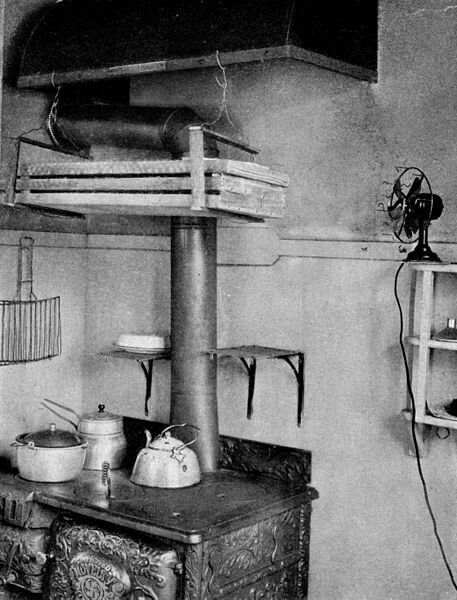
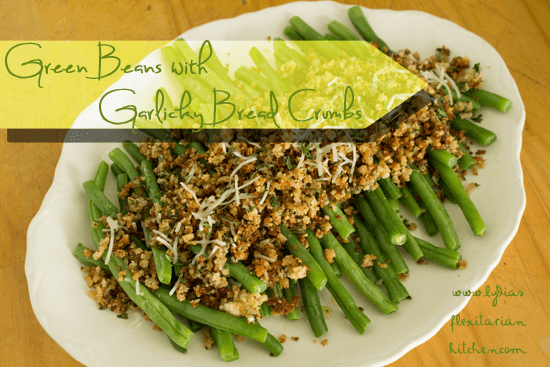
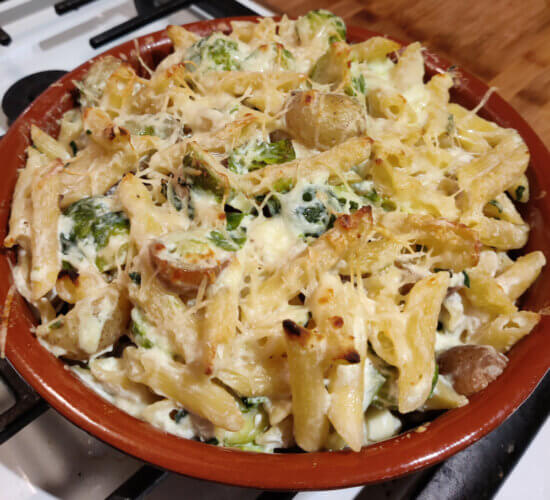
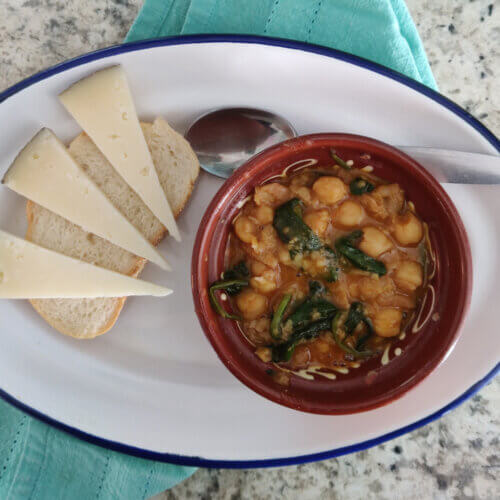
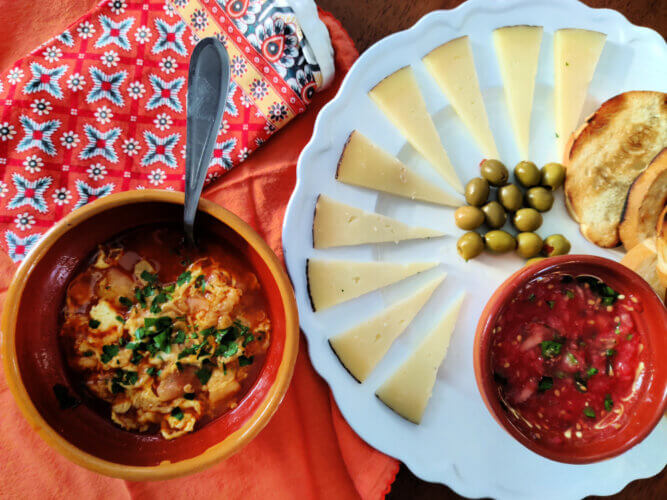
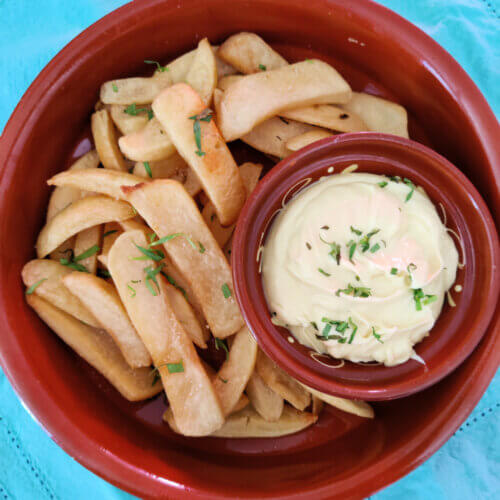
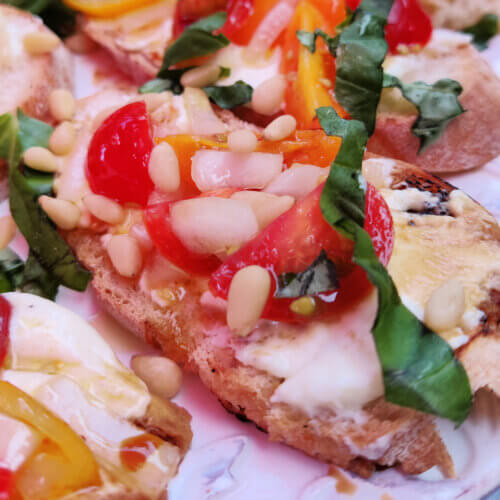
I’d add to make sure you have your measuring items out and available. And have measuring cups for both wet and dry ingredients. Oh! And the can opener. Make sure it’s clear of gunk. Makes it easier to open.
Good tip, Dawn! Thanks! 🙂